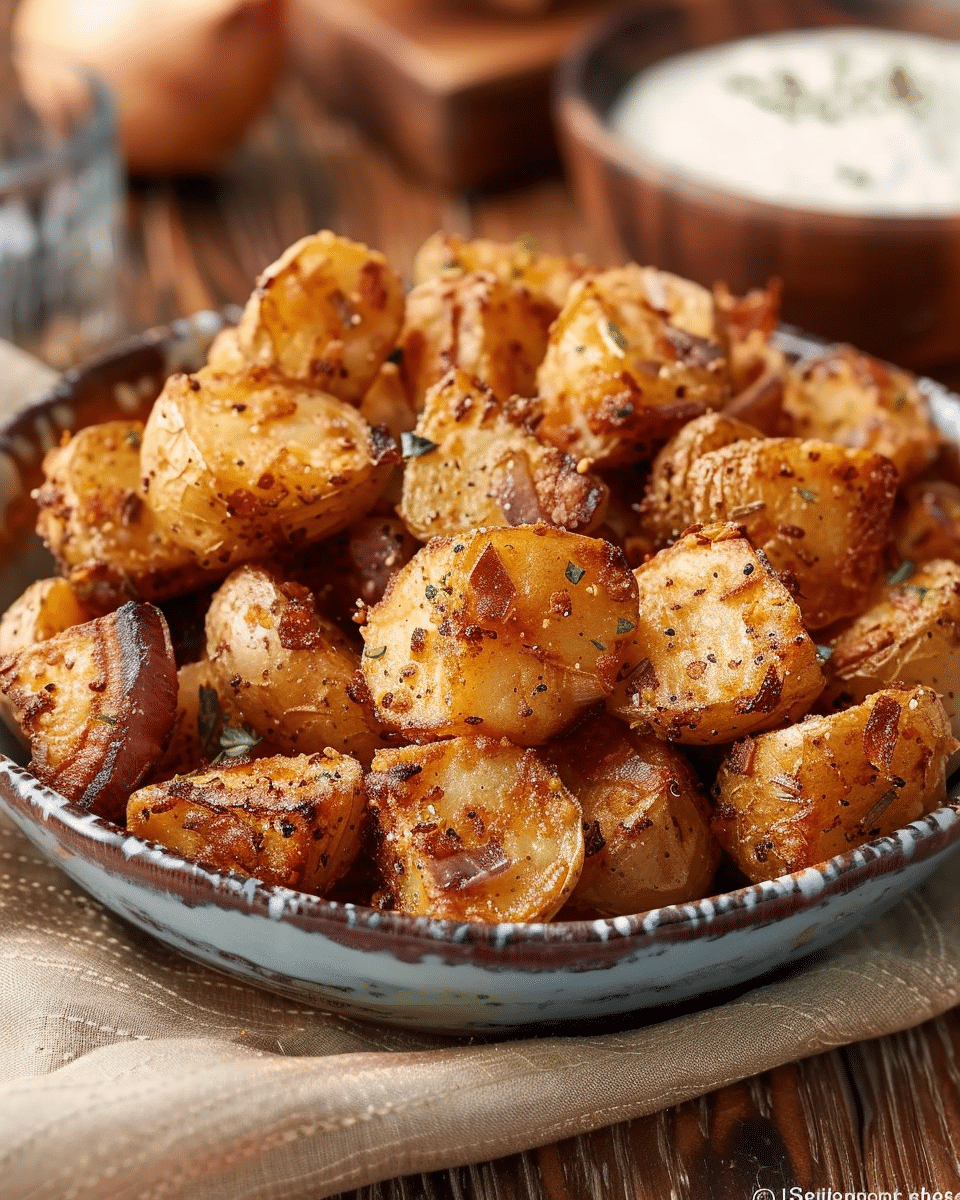When it comes to making the perfect lasagna, a common debate among chefs and home cooks alike is whether to use ricotta or cottage cheese. Both cheeses bring their own unique flavors and textures to the dish, and the choice between the two can significantly affect the final result. This article delves into the pros and cons of using each type of cheese in lasagna, helping you make an informed decision for your next lasagna meal.
Ricotta in Lasagna: A Creamy Delight
When it comes to making lasagna, ricotta cheese is a popular choice among many chefs and home cooks. Ricotta is a creamy, mild cheese that blends seamlessly into the layers of lasagna, adding a rich and velvety texture to the dish. Below is a detailed look at using ricotta in lasagna, its benefits, and some tips for the best results.
What is Ricotta?
Ricotta is an Italian whey cheese made from sheep, cow, goat, or buffalo milk whey left over from the production of other cheeses. It has a creamy texture and a mild, delicate flavor, making it a perfect addition to various recipes, including lasagna.
Why Use Ricotta in Lasagna?
Texture
Ricotta cheese provides a creamy and smooth texture to lasagna. It helps to bind the other ingredients together, creating a cohesive dish with layers that hold together well when cut.
Flavor
While ricotta is mild in flavor, it adds a subtle, fresh taste to lasagna that complements the robust flavors of the tomato sauce and meat. It doesn’t overpower the other ingredients but contributes to a well-rounded flavor profile.
Versatility
Ricotta is versatile and blends well with other ingredients. You can mix it with herbs, spices, and eggs to create a rich and flavorful filling for lasagna.
Tips for Using Ricotta in Lasagna
- Choose Full-Fat Ricotta: Opt for full-fat ricotta for a richer taste and creamier texture in your lasagna. Low-fat versions can make the lasagna dry and less flavorful.
- Season Well: Enhance the flavor of ricotta by seasoning it with salt, pepper, and herbs before adding it to your lasagna. This step will ensure that your lasagna is flavorful in every bite.
- Drain Excess Liquid: If your ricotta cheese contains excess liquid, be sure to drain it before use. Too much moisture can make your lasagna soggy.
- Spread Evenly: Ensure that you spread the ricotta evenly across the layers of your lasagna for a uniform texture and taste in every portion.
Cottage Cheese in Lasagna: A Lighter Alternative
Cottage cheese is another excellent choice for lasagna, offering a different texture and flavor profile compared to ricotta. It’s a fresh cheese curd product with a mild flavor, and it’s lower in fat. Here’s a closer look at using cottage cheese in lasagna, its advantages, and some helpful tips for optimal results.
What is Cottage Cheese?
Cottage cheese is made by curdling milk with a food acid. It has a chunky texture and is known for its high protein and low-fat content. It’s a popular choice for people looking for a healthier alternative to other types of cheese.
Why Use Cottage Cheese in Lasagna?
Health Benefits
Cottage cheese is generally lower in fat and calories compared to ricotta, making it a healthier option for lasagna. It’s also high in protein, which is beneficial for muscle repair and growth.
Unique Texture
Cottage cheese gives lasagna a distinct texture. The small curds of the cheese remain intact, providing a different mouthfeel and a lighter consistency to the dish.
Mild Flavor
Much like ricotta, cottage cheese has a mild flavor, allowing the other ingredients in the lasagna to shine. It blends well with the flavors of the sauce, meat, and vegetables, contributing to a balanced dish.
Tips for Using Cottage Cheese in Lasagna
- Opt for Full-Fat Versions: Choose full-fat cottage cheese for a creamier texture in your lasagna. Low-fat versions may not provide the desired consistency and can make the lasagna less indulgent.
- Season the Cheese: Add herbs, salt, and pepper to the cottage cheese to enhance its flavor. Proper seasoning will ensure that your lasagna is tasty and flavorful.
- Drain the Excess Liquid: Ensure that the cottage cheese is well-drained to prevent adding extra moisture to the lasagna, which can make it soggy.
- Blend for Smoothness: If you prefer a smoother texture, blend the cottage cheese before adding it to the lasagna. This step will make it more similar in texture to ricotta.
Comparing Nutrition: Ricotta vs Cottage Cheese in Lasagna
When deciding between ricotta and cottage cheese for lasagna, it’s essential to consider not only the taste and texture but also the nutritional content. Both cheeses have their own set of nutritional benefits and drawbacks. Below is a detailed comparison of the nutritional values of ricotta and cottage cheese to help you make a more informed decision for your lasagna recipe.
| Ricotta (per 1 cup) | Cottage Cheese (per 1 cup) | |
|---|---|---|
| Calories | 432 | 216 |
| Fat | 31.93 grams | 9.47 grams |
| Saturated Fat | 20 grams | 4 grams |
| Protein | 27.7 grams | 26.23 grams |
| Carbohydrates | 7 grams | 7 grams |
| Sugar | 0.66 grams | 5.8 grams |
| Cholesterol | 125.46 mg | 36 mg |
| Sodium | 206.64 mg | 792 mg |
Health Implications
Calories and Fat
Ricotta cheese is higher in calories and fat, including saturated fat, compared to cottage cheese. If you are watching your calorie and fat intake, cottage cheese might be a better option for your lasagna.
Protein
Both ricotta and cottage cheese are good sources of protein, essential for muscle growth and repair. Cottage cheese is slightly lower in protein compared to ricotta, but the difference is not significant.
Sodium
Cottage cheese contains more sodium than ricotta, which could be a concern for individuals monitoring their sodium intake for health reasons.
Cholesterol
Ricotta has a higher cholesterol content compared to cottage cheese, making cottage cheese a better option for those managing their cholesterol levels.
Dietary Considerations
When choosing between ricotta and cottage cheese for lasagna, consider your dietary preferences and health goals. If you are aiming for a lower-calorie and lower-fat lasagna, cottage cheese is the preferable choice. However, if you are not concerned about calorie and fat content and prefer a richer and creamier lasagna, ricotta cheese would be more suitable.
The Best Cheese for Lasagna

The debate over the best cheese for lasagna – ricotta or cottage cheese – is a longstanding one. Both cheeses have their own unique characteristics, and the choice ultimately depends on personal preference, dietary needs, and desired lasagna texture and flavor. Below is a comprehensive look at the factors to consider when choosing the best cheese for lasagna and how to achieve the perfect lasagna dish.
Consider Your Preferences
Flavor:
- Ricotta: Offers a rich and creamy taste, enhancing the overall flavor of the lasagna.
- Cottage Cheese: Provides a lighter and milder flavor, allowing other ingredients to shine.
Texture:
- Ricotta: Contributes to a smooth and creamy texture in lasagna.
- Cottage Cheese: Adds a chunkier texture, giving a different mouthfeel.
Dietary Concerns
If you’re watching your calorie intake or aiming for a healthier lasagna version, cottage cheese is the better option due to its lower fat and calorie content. On the other hand, if you’re not concerned about these factors and prefer a richer, creamier lasagna, ricotta is the way to go.
Combining Cheeses
One excellent approach to achieving the perfect lasagna is to use a combination of both ricotta and cottage cheese. This method allows you to enjoy the best of both worlds – the creaminess of ricotta and the lighter texture of cottage cheese. Additionally, you can add other cheeses like mozzarella and Parmesan to enhance the flavor and texture further.
Experiment and Taste Test
The best way to determine the ideal cheese for your lasagna is to experiment. Make two small lasagna dishes, one with ricotta and one with cottage cheese, and conduct a taste test. Pay attention to the flavor, texture, and overall enjoyment of each version. This experiment will give you a clear idea of which cheese aligns with your preferences.
Summary
In summary, the best cheese for lasagna is subjective and varies from person to person. Whether you prefer the rich creaminess of ricotta or the lighter, chunkier texture of cottage cheese, the key is to choose high-quality cheese and balance it with other flavorful ingredients. Don’t hesitate to experiment with different cheeses and combinations to discover the perfect lasagna recipe that satisfies your taste buds and meets your dietary needs. Enjoy the culinary adventure and the delightful taste of homemade lasagna!
Recipe
When it comes to making lasagna, the choice of cheese can make a significant difference in taste, texture, and nutritional content. If you’re looking for a quick and easy lasagna recipe that uses cottage cheese, check out this Lazy Lasagna Recipe.
Ricotta Lasagna Recipe
Ingredients:
- 9 lasagna noodles
- 1 lb ground beef
- 1 onion, chopped
- 2 cloves garlic, minced
- 1 can (24 oz) marinara sauce
- 1 container (15 oz) ricotta cheese
- 1 egg
- 1 tsp dried basil
- 1 tsp dried oregano
- 2 cups shredded mozzarella cheese
- 1/2 cup grated Parmesan cheese
- Salt and pepper to taste
- Fresh basil for garnish (optional)
Directions:
- Preheat your oven to 375°F (190°C).
- Cook the lasagna noodles according to the package instructions until al dente. Drain and set aside.
- In a skillet, brown the ground beef with the chopped onion and minced garlic over medium heat until the beef is fully cooked. Drain the excess fat.
- Stir in the marinara sauce and simmer for 5 minutes.
- In a mixing bowl, combine the ricotta cheese, egg, dried basil, and dried oregano. Mix until smooth.
- In a baking dish, spread a layer of the beef and sauce mixture.
- Arrange a layer of cooked lasagna noodles over the sauce.
- Spread a layer of the ricotta mixture over the noodles.
- Sprinkle some shredded mozzarella and grated Parmesan cheese over the ricotta layer.
- Repeat the layers until all ingredients are used, ending with a layer of sauce and cheese.
- Cover the baking dish with aluminum foil and bake in the preheated oven for 25 minutes.
- Remove the foil and bake for an additional 10-15 minutes, or until the cheese is melted and bubbly.
- Remove the ricotta lasagna from the oven and let it cool for a few minutes before serving.
- Garnish with fresh basil if desired, and serve the ricotta lasagna hot as a delightful and hearty meal!
Prep Time: 20 minutes | Cooking Time: 40-45 minutes | Total Time: 60-65 minutes
Kcal: 420 kcal | Servings: 8 servings
Cottage Cheese Lasagna Recipe
For a cottage cheese lasagna, the ingredients remain the same, substituting ricotta with cottage cheese. Some people also add a bit of sugar to balance the tartness of the cottage cheese.
Cheese Alternatives for Vegan Lasagna
In the world of culinary delights, lasagna holds a special place for many. But what about those who follow a vegan diet? The good news is that there are numerous cheese alternatives that can be used to create a delicious and satisfying vegan lasagna. Below is a comprehensive guide to cheese alternatives for vegan lasagna, ensuring that everyone can enjoy this beloved dish.
1. Cashew Cheese:
How to Make:
- Soak cashews and blend them with nutritional yeast, lemon juice, garlic, and salt. The result is a creamy, rich cheese substitute.
Benefits:
- Cashew cheese offers a creamy texture and rich flavor, closely mimicking the consistency of traditional ricotta or cottage cheese.
2. Almond Ricotta:
How to Make:
- Similar to cashew cheese, blend soaked almonds with lemon juice, garlic, and salt until smooth.
Benefits:
- Almond ricotta provides a nutty flavor and a texture that is perfect for layering in lasagna.
3. Tofu Ricotta:
How to Make:
- Crumble firm tofu and mix it with nutritional yeast, lemon juice, garlic, and herbs.
Benefits:
- Tofu ricotta is high in protein and provides a texture similar to traditional ricotta cheese.
4. Store-Bought Vegan Cheeses:
Options:
- Many brands now offer vegan cheese alternatives made from various plant foods including nuts, soy, and root vegetables.
Benefits:
- Convenient and available in different flavors and textures.
Tips for Making Vegan Lasagna:
- Season Well:
- Ensure to season your vegan cheese alternatives well to enhance the flavor of the lasagna.
- Experiment with Combinations:
- Mix different vegan cheese alternatives for a unique flavor and texture profile.
- Add Vegetables:
- Layer in various vegetables like spinach, zucchini, and bell peppers for added nutrition and flavor.
FAQs
Does cottage cheese taste the same as ricotta in lasagna? No, cottage cheese has a milder, tangier flavor and a chunkier texture compared to the creamy and smooth taste of ricotta in lasagna.
Can I use cottage cheese in place of ricotta for lasagna? Yes, you can use cottage cheese as a substitute for ricotta in lasagna. It offers a lighter texture and different flavor profile.
Why do people use cottage cheese instead of ricotta? People use cottage cheese for its lower fat and calorie content, unique texture, and a milder flavor, making lasagna a bit lighter.
What tastes better ricotta or cottage cheese? Taste preference varies. Ricotta is richer and creamier, while cottage cheese is lighter and tangier. The best choice depends on individual taste preference.
Conclusion
In conclusion, the debate between using ricotta or cottage cheese in lasagna boils down to personal preference. Ricotta offers a rich and creamy texture, while cottage cheese provides a lighter, less indulgent option with a unique flavor profile. The nutritional differences between the two are also significant, with ricotta being higher in calories and fat, and cottage cheese being higher in sodium.
Ultimately, the best cheese for lasagna is the one that suits your taste preferences and dietary needs. You might even find that a combination of both cheeses delivers the perfect balance of flavor and texture for your lasagna dish. For more Italian comfort food recipes, explore this Pastina Recipe Guide.









